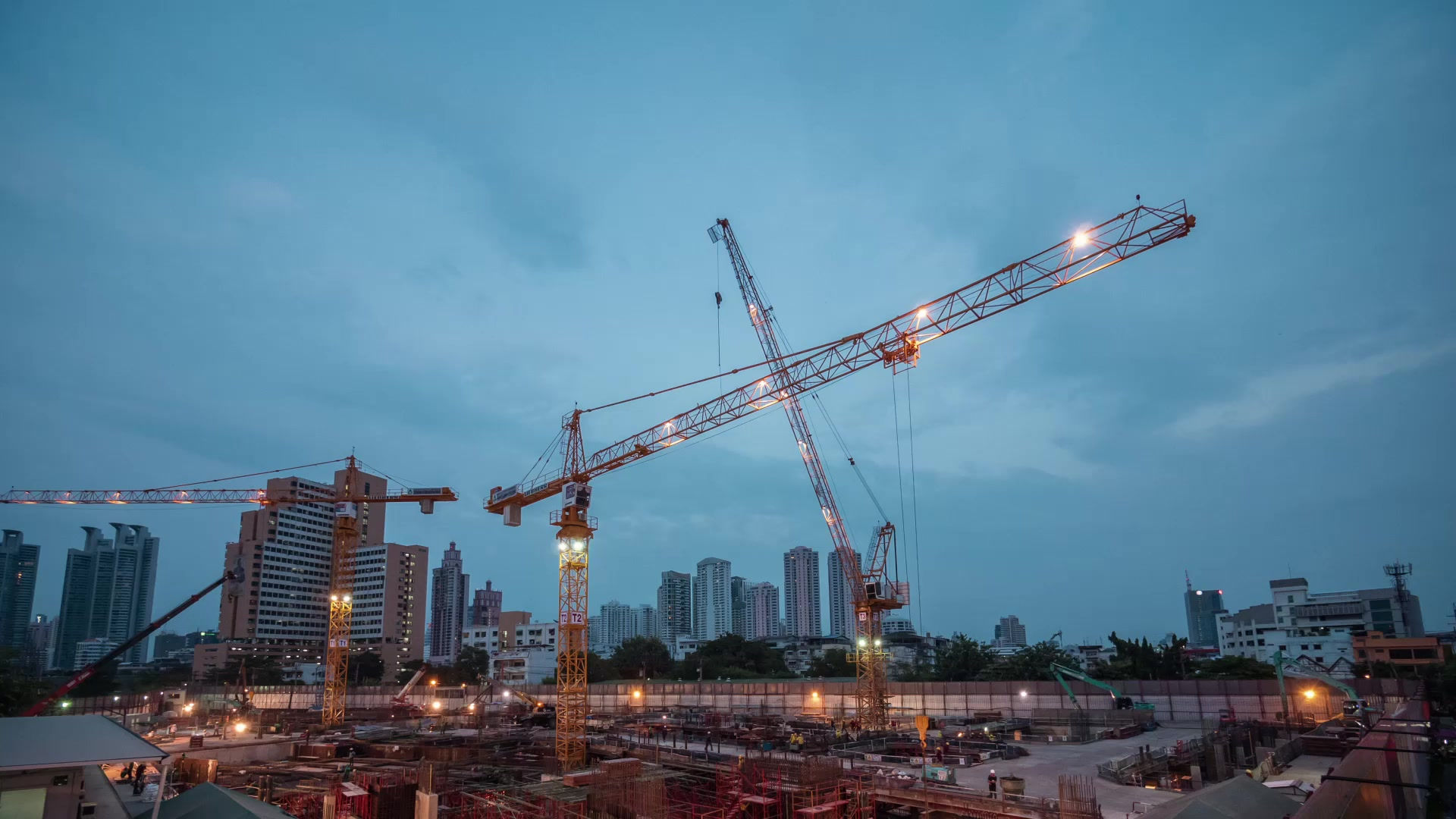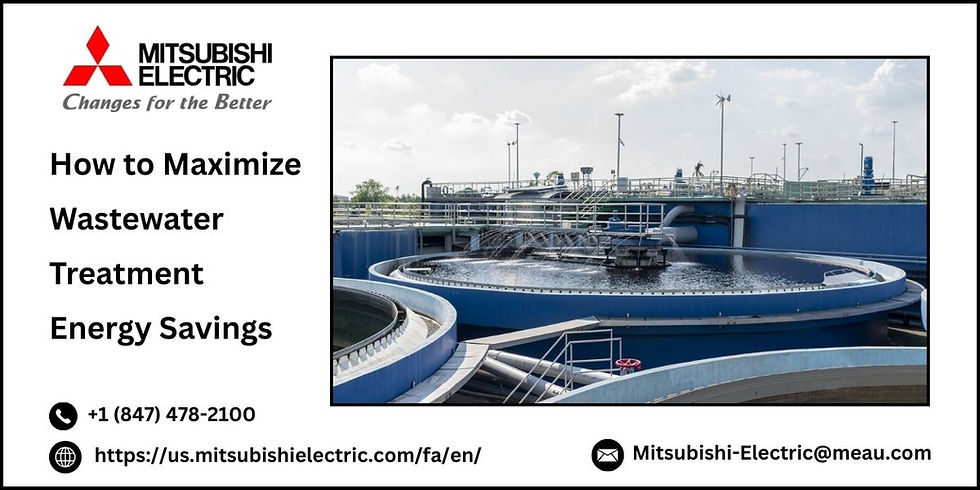What Features to Review in Crane & Hoist Automation Solutions?
- mitsubishielectric1
- Jun 26
- 4 min read

In this dynamic environment of industrial automation, crane and hoist automation have become necessary for operations to be done efficiently and safely, and also give the advantage of improved productivity and enhancement of quantifiable gains. From gigantic steel coils to intricate molds, or even delicate electronic components, modern crane and hoist automations are revolutionizing the mater flow throughout factory floors.
However all automation systems are not equal. Selecting the right system involves more than a great name brand. It takes full knowledge of features that support your current operations and potential expansion. This blog discusses the key features to consider when buying crane and hoist automation systems, but also how the technologies interact with machine tending fixtures and other important components.
Precision Motion Control: The Heart of Smart Lifting
Precision is important, particularly when working with close tolerances, heavy weights, or synchronized lifting. Among the best features to feature is motion control with high-level positioning accuracy.
Search for mechanisms utilizing vector control drives or servo-based mechanisms. These provide smooth start-stop motion, soft landing, and maintain constant speed regardless of the load weight. In machine tending fixtures applications, for instance, the precision of putting a part exactly where it's required without vibration or drift is not debatable.
Key takeaway: Precision doesn't merely enhance handling; it avoids expensive rework, tool breakage, and alignment problems.
Seamless Integration with Automation Ecosystems
Automation of cranes and hoists is not merely about lifting but about joining.
Modern floors of industry are now teeming with PLCs, robots, sensors, and HMIs, all playing together in unison. The finest automation system must be plug-and-play compatible with popular industrial networks Ethernet/IP, CC-Link IE, and Modbus. Easy interfacing of your hoist system with equipment such as machine tending fixtures, robotic arms, and CNC machines would be allowed. For integration, the transfer of real-time data enabling diagnostic improvements, predictive maintenance, and remote monitoring had to be made feasible.
What to look for:
Open architecture systems
Customizable communication protocols
Scalable I/O for future expansion
Load Sway Control: Safety Meets Performance
Conventional crane systems have difficulty controlling swing, particularly on high-speed or long-distance moves. This creates load instability, worker fatigue, and reduced cycle times.
Anti-sway mechanisms introduced on the present-day hoist automation platforms use accelerometers clocked in through feedback loops and are interpreted by an intelligent braking algorithm for highly controlled and smooth stops with more staff interest in an overloaded operator.
In machine tending applications, where loads need to be inserted precisely into fixtures or jigs, sway control is critical.
Customizable User Interfaces
Automation shouldn't be a puzzle. Another high-value feature is an intuitive and customizable user interface that makes it easy for operators to interact with the system.
Seek out systems with:
Touchscreen HMIs with uncluttered visual feedback
Real-time diagnostics dashboards
Plain-English error messages
Multi-language support
These technologies shorten the training time, minimize the occurrence of errors, and allow operators to make fast and well-informed decisions. Safety Redundancies and Fail-safes
Safety is a culture more than a checklist. Any crane and hoist automation system that you will ever buy must be designed with multiple levels of safety.
Such layers may include:
Load-monitoring sensors
Over-travel limits
Torque-limiting features
Emergency stops with auto-reset
In combination with smart interlocks and well-designed safety procedures, these features offer a fault-tolerant operating environment that prevents both injuries and unplanned downtime.
Adaptive Load Management
Materials are of all shapes and densities. The ideal crane automation systems must dynamically edit the configuration and adapt to different types and weights of loads without being manually recalibrated. In real-time, it senses the requirements and adapts accordingly to the parameters of hoist speed, braking force, and torque needed by each lift. Your machinery is thereby protected, energy is saved, and the longevity of the equipment is extended.
Predictive Maintenance Capabilities
Downtime is the silent killer of industrial productivity. With predictive maintenance capabilities integrated into crane and hoist systems, you get the ability to monitor wear and tear before it turns into a failure.
Smart systems gather and report data on motor performance, brake usage, operating temperature, and usage cycles. They warn you when components are approaching fatigue, enabling scheduled maintenance rather than emergency shutdowns.
This forecasting method is especially beneficial when paired with machine tending fixtures, where coordinated processes depend significantly on regular timing and operational equipment.
Versatility Across Applications
A versatile crane and hoist automation system is built not only for today's duties but for tomorrow's uncertainties. Whether your plant produces casting, assembly, packaging, or precision machining, operability flexibility is essential.
Features that make it versatile:
Variable speed controls
Multiple modes of operation include manual, semi-auto, and fully automated.
Modular add-ons and automation upgrades.
Why Do Machine Tending Fixtures Matter in This Equation?
Machine tending fixtures are the basis of repeatable operations, especially in high-precision environments. Even the most complex fixture system now relies on the accuracy with which the materials are being added and subtracted.
The custom fitting setup, combined with an intelligent hoist automation system, eliminates most human errors and maximizes throughput. Together, they form a regenerative loop that nurtures productivity and reliability.
Summary of Operational Considerations
Consideration of crane and hoist automation selection is a strategic one. Every aspect highlighted, from motion precision and integration flexibility to load safety and predictive analytics, will in some way contribute to plant performance, safety culture, and operational expenditure.

.png)



Comments